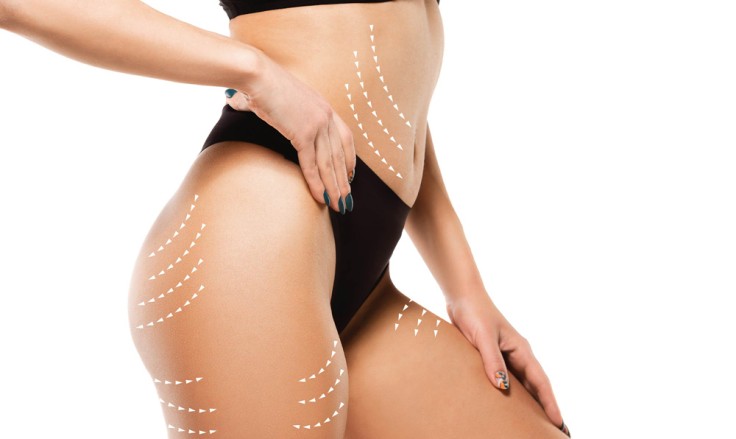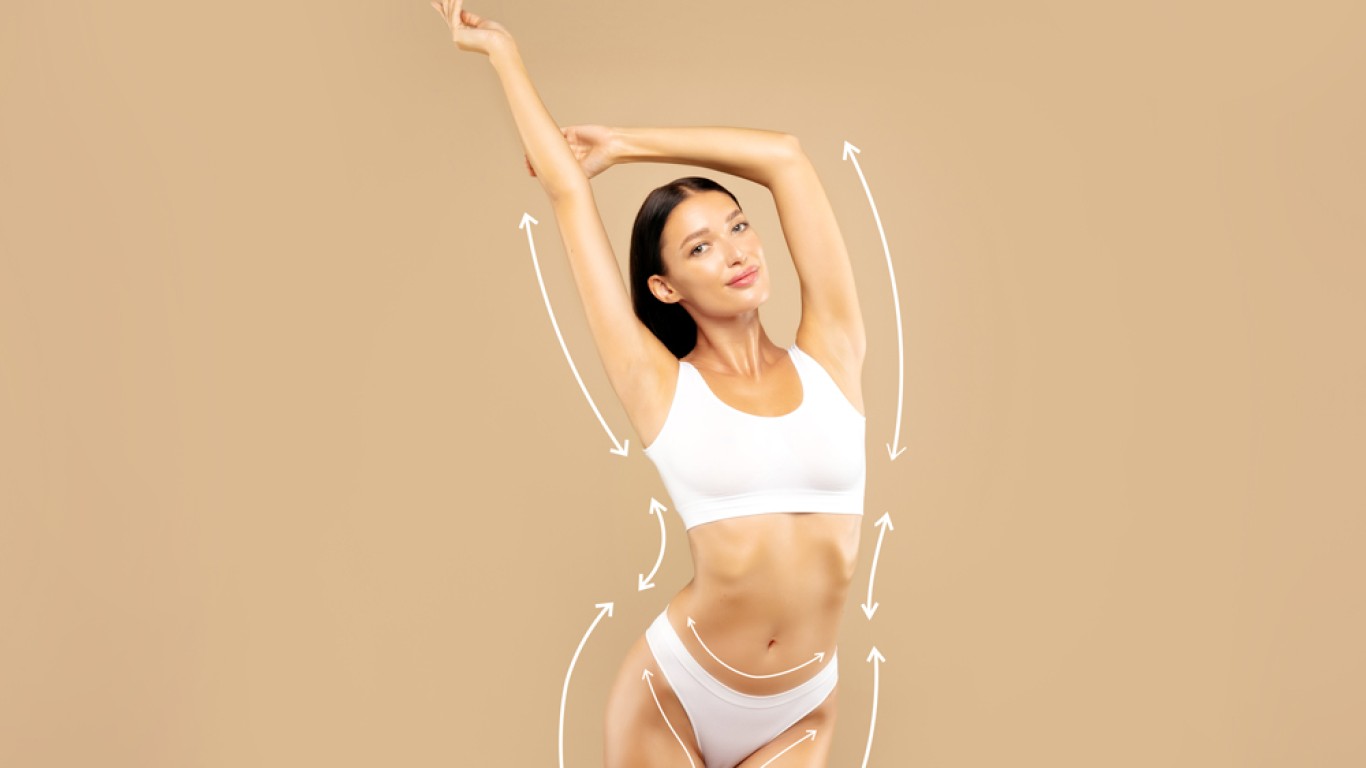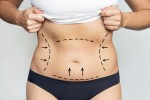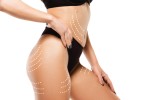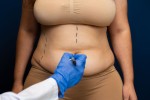Introduction
Tumescent liposuction is one of the most widely-used fat removal techniques in modern aesthetic surgery. It uses a specialised fluid formula to prepare stubborn fat before removal. This allows surgeons to work with control and precision. The method uses diluted anaesthetic and adrenaline within the fat layer. Because of this, it supports smoother contouring and controlled extraction. Many first-time patients want clear information on how the process works, what occurs during each stage, and how recovery progresses. This guide explains the approach in detail to help patients understand what to expect.
What Does Tumescent Liposuction Involve?
Tumescent liposuction uses a fluid mixture injected into the fat layer. This mixture includes diluted anaesthetic and substances that help reduce bleeding. The fluid expands the tissue and firms the fat, making it easier to remove. Additionally, the technique allows surgeons to contour with accuracy because the fat separates more predictably. The process suits several body areas including the abdomen, hips, thighs, arms and back.
Why Surgeons Use the Tumescent Liposuction Technique
Surgeons prefer this method for its predictable behaviour. The fluid firms the fat, making extraction smoother. It also reduces bleeding by constricting blood vessels. Because the fat becomes more separable, contouring becomes easier to control. This supports consistent shaping across treated areas. Tumescent liposuction remains a reliable choice due to these advantages.
How Specialists Assess Patients Prior To Treatment
Assessment includes reviewing:
- Fat distribution
- Skin elasticity
- Weight stability
- Tissue firmness
- Medical history
Additionally, surgeons examine whether tightening or combined procedures might be helpful. AI-based tools in 2025 support planning by mapping body contours and measuring volume patterns. These assessments guide the treatment plan and injection strategy.
Tumescent Liposuction: How the Fluid Is Delivered
- The tumescent solution enters the fat layer through fine cannulas.
- It spreads through the tissue and causes the fat to swell.
- The swollen fat becomes firmer, allowing easier removal.
- The fluid also numbs the area and reduces bleeding.
This step takes time because the fluid must distribute evenly. Controlled delivery supports smoother extraction during tumescent liposuction.
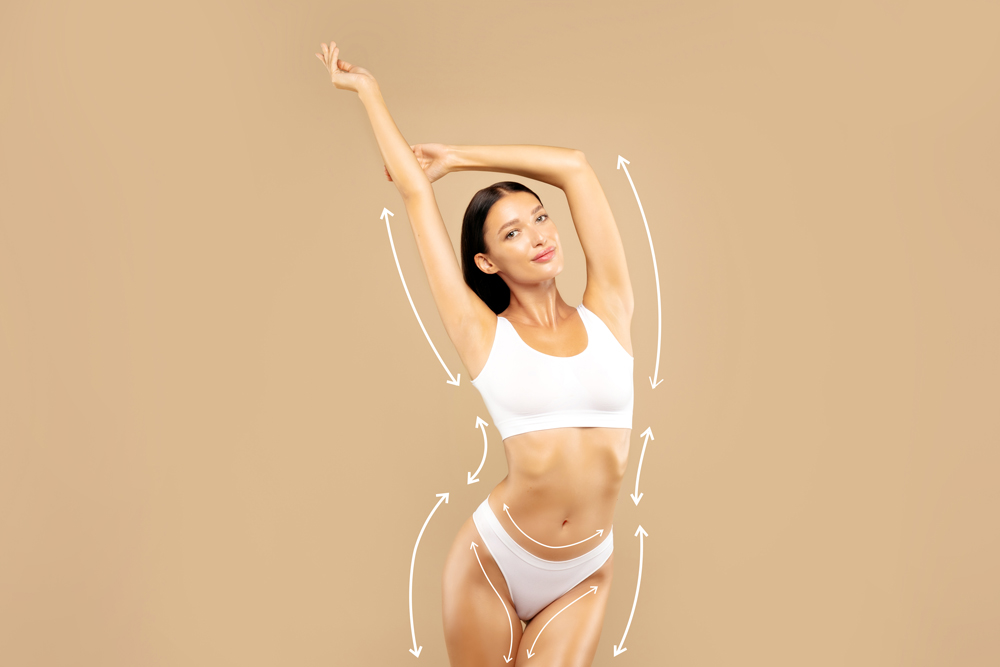
Tumescent Liposuction: Fat Removal Through Micro-Cannulas
- Once the fat firms, surgeons use thin cannulas to remove it.
- These cannulas move in gentle, controlled strokes.
- The fat loosens due to the fluid and withdraws with reduced resistance.
- This technique helps avoid uneven removal.
- It also supports natural contour lines.
- Surgeons check each area carefully before finishing extraction.
Areas Commonly Treated in First-Time Procedures
Many first-time patients target areas such as:
- Lower abdomen
- Upper abdomen
- Hips
- Inner thighs
- Outer thighs
- Upper arms
- Waistline
These regions respond well to tumescent liposuction because they often hold stubborn fat.
Can I Combine Tumescent Liposuction With Other Techniques?
Surgeons may combine tumescent preparation with:
- Power-assisted liposuction
- Ultrasound-assisted contouring
- Radiofrequency tightening
These combinations allow deeper refinement. Additionally, they help smooth transitions between treated and untreated zones. Such combinations depend on each person’s contour goals.
What to Expect Immediately After Surgery
- The treated area may feel swollen due to fluid retention.
- Some fluid may drain through the small incision sites.
- Compression garments help reduce swelling and support contour.
- Short walks help circulation.
These early steps support predictable healing after tumescent liposuction.
Tumescent Liposuction: Recovery Stages Explained
Typically the recovery process progresses in phases.
- During week one, swelling and fluid retention remain common.
- By week two, swelling decreases gradually.
- By week three, contour becomes clearer although internal healing continues.
- Full settling may take several months.
Compression remains important throughout early recovery.
How Compression Garments Support Healing
- Compression controls swelling by applying even pressure.
- It also helps the skin conform to the new shape.
- Additionally, compression reduces fluid build-up.
- Wearing the garment as instructed supports long-term contour stability.
Specialists guide garment choice based on area and procedure scope.
Conclusion
Tumescent liposuction uses specialised fluid to prepare fat for controlled and predictable removal. Through careful assessment, targeted injection and structured extraction techniques, surgeons achieve refined shaping across multiple body areas. Recovery progresses in phases as swelling decreases and contour stabilises. When supported by consistent aftercare, tumescent liposuction offers reliable contour improvement for first-time patients.
If you’re considering tumescent liposuction and want to book a consultation with a specialist, visit the ACIBADEM Beauty Center website.
Frequently Asked Questions
It uses fluid to firm fat for controlled removal.
Recovery is gradual, with swelling decreasing steadily.
The abdomen, thighs, arms, hips, and waist.
It helps swelling control and contour stability.
Results develop progressively as swelling settles.
